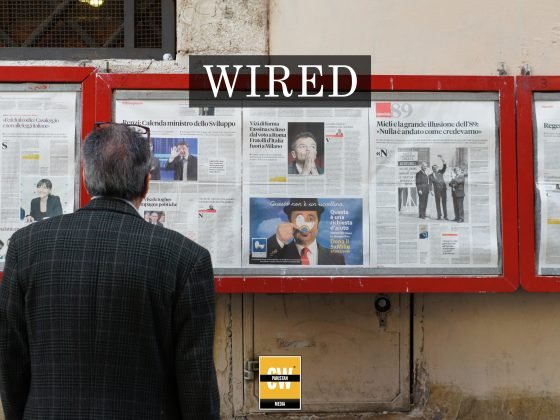Nadra has firmly asserted that its biometric verification system is fully operational, dismissing concerns that authentication failures experienced by users at banks and telecom operators were due to its database. The clarification comes in response to rising complaints on social media about difficulties faced by citizens in verifying their identities, particularly in financial transactions and SIM card registrations.
In a public statement, Nadra emphasized that it provides biometric verification services to banks and telecom companies as part of their regulatory compliance, but the functionality of these services depends on how they are implemented by these institutions. The authority pointed out that SBP has directed all banks to utilize Nadra’s Verisys system, an alternative identity verification method that does not rely solely on fingerprint authentication. Verisys operates through a secure connectivity link and allows regulated entities to verify CNICs, NICOPs, and POCs.
A Nadra official explained that it is the responsibility of SBP and PTA to ensure that banks and mobile phone companies effectively utilize Verisys for identity verification. For telecom services, Nadra has collaborated with the PTA and cellular operators to establish verification mechanisms at customer service centers and select franchises, allowing users to authenticate their identities when obtaining SIM cards and other services.
The authority also advised citizens to follow the verification procedures outlined by PTA and report any issues to their respective telecom providers or PTA rather than attributing failures to Nadra. It reassured the public that it remains committed to improving the verification process and has been actively working with both the SBP and the PTA to introduce facial recognition technology as an alternative authentication method in cases where fingerprint verification fails.
As Nadra continues to refine its verification infrastructure, it is urging banks, financial institutions, and telecom operators to make full use of the available solutions, ensuring a seamless experience for users while maintaining stringent security measures. The initiative to incorporate facial recognition could provide relief to citizens facing repeated authentication failures and help streamline the verification process across various sectors.








